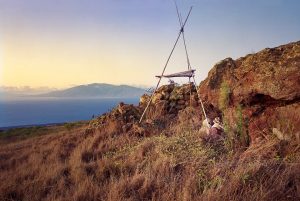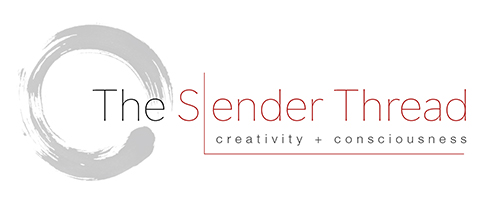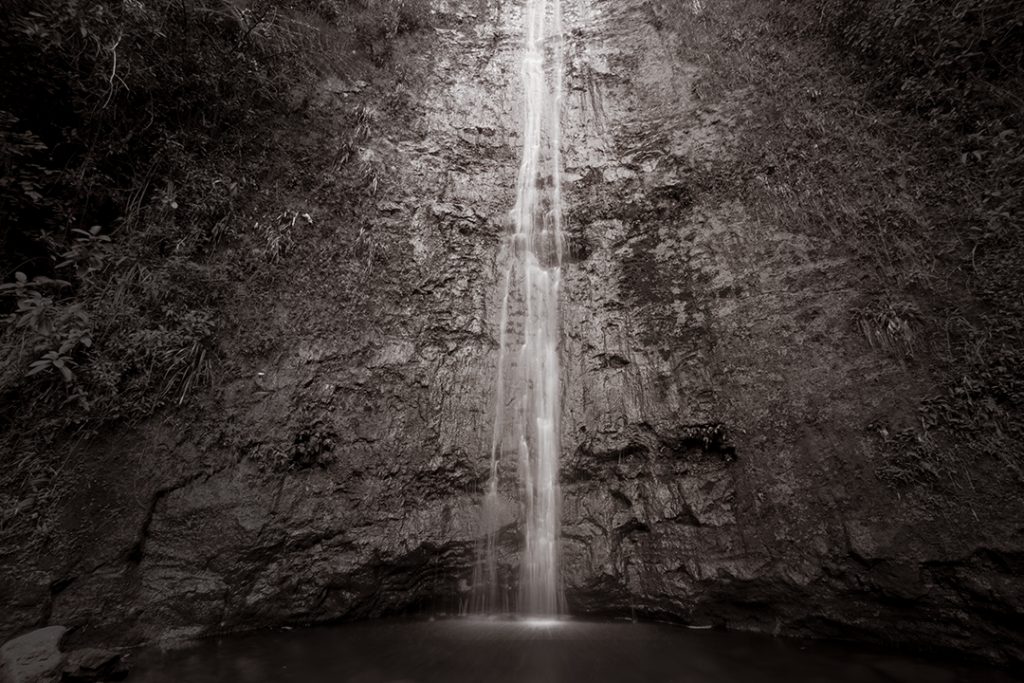
I have been deeply inspired by spending time on the island of Kaho‘olawe, historically sacred to the Hawaiian people and used for ordnance training by the US Military for fifty years. Crest of Moa‘ulaiki, Kaho‘olawe, HI, David Ulrich
Creativity flourishes in a full, active mind. Discovery inevitably comes to the inquisitive disposition and eludes the bored and disinterested. The power of an artist can be directly measured by the quality and depth of the questions they ask, the influences they follow, and the impressions they seek. An active engagement with thought and ideas through reading, looking, listening, and the particular nature—and subsequent enjoyment—of what we take in through the senses can enliven creativity and get our juices flowing. It’s a form of psychic nourishment.
Literature professor Ngugi wa Thiongo at UC Irvine, in writing about the novels of Joseph Conrad, reflects admirably on his sentences: “The majesty and musicality of his well-structured sentences had so thrilled me as a young writer that I could cure a bout of writer’s block simply by listening to the opening bars of Beethoven’s Fifth Symphony or reading the opening pages of Conrad’s Nostromo. It instantly brought my mojo back.”
What can help us find or renew our mojo? For me, several bodies of work in art and literature can reliably and immediately stimulate the flow of my pen or activate my camera eye and mind: the poetry of Rilke, the late paintings of Mark Rothko, the musical lyrics of Bob Dylan, and the mystery found in the Southern, large format landscapes of Sally Mann. When I am involved in a writing project, I keep most books and influences aside and limit my reading, except for those that can directly catalyze my thoughts on my current project. As I write this essay, for example, I am currently reading the perceptive observations on photography found in Robert Adam’s book, Art Can Help, and the profound insights on art and creativity expressed in Rachel Corbett’s recent book, You Must Change Your Life: The Story of Rainer Maria Rilke and Auguste Rodin.
All art and photography is an interaction, a dialogue with culture, society, nature, other artists and photographers, and the conditions of the surrounding world. Art is born of its time—and place. What influences do you choose to receive? What sparks your passion, kindles your joy, and conflagrates your outrage? As a photographer, I work from both bliss and anger. They are equally and powerfully stimulating. I find bliss in moments of unity discovered through the camera lens with people, the environment, and with the exquisite splendor of the everyday. And I experience much dismay and anger towards the collective conditions that are destroying the environment, creating vast injustices and inequalities, and leaving behind a broken world for our children. I can ignore neither, the soulful depth of the world or its depravity.
We are what we eat. Or, perhaps better stated, what we eat, we become. My advice to artists and photographer is simple: become a person of interest.Look into and learn about the things you like, and find respectful, interaction with the things you do not like. Follow the threads of your questions and passionate concerns, look and listen deeply to the works of artists, photographers, writers, musicians, and filmmakers. Stay tuned to the culture and recent events. Enter a dialogue with the thoughts and works of others, both from centuries past and today. Above all, be democratic. Do not live in the echo chamber of your own mind. It will not serve your growth and the cultivation of your in-seeing, the ability to know the conditions of others and to feel how they think, and think about how they feel. Be tolerant and consciously take in ideas and impressions that run counter to your own way of seeing and thinking. All aspects of your education, knowledge, influences, background, and interactions with the world and people are focused into view whenever you snap a shutter. Much great art and writing comes through friction and harmony, both at the same time. Look at photographs you vehemently do not like as much as you look at pictures you love and enjoy. Both can be powerful learning experiences.
Beatles members John Lennon and Paul McCartney both vexed each other and loved each other. Through their profound differences and their similarities, they challenged each other, grinded against each other, and alternately inspired each other. Their friction created sparks which turned to flames which grew to bonfire proportions. Paul admitted recently to one astounding fact about his collaboration with John. “The most amazing fact about it is that every time we went to sit down— and it was normally about a three-hour writing session— we never came out without a finished song. So that was like 200 days that we sat down to do that. And never had a dry moment.”
Who among us can say that every time we go into the world to take pictures or sit down at the keyboard to write, that we create an enduring work of creative expression?
Your mind can think fast and slow. The mind can be energized to quickly make connections and find synergy between disparate ideas and exciting impressions, and the mind can slow down and listen to the silence, in the unconscious where creative ideas gestate and bloom. Sculptor Auguste Rodin worked quickly, constantly, and incessantly—scrutinizing, revising, looking and weighing, and widely experimenting. The poet Rilke, who for a while was Rodin’s student and studio companion, was the opposite. He sought solitude and silence, and wrote, “I must wait for the ringing in the silence,” out of which his poems were born.
There is an art to knowing what can feed you and what conditions can deeply catalyze your creative flow. One simple mark of creative maturity is to find your muse.

